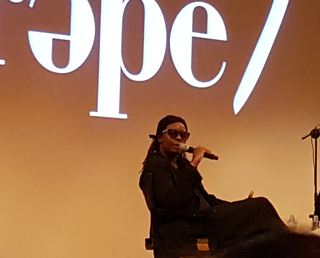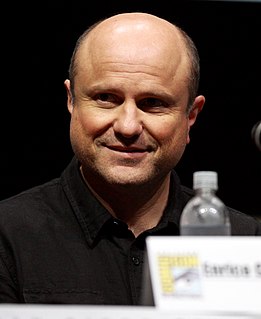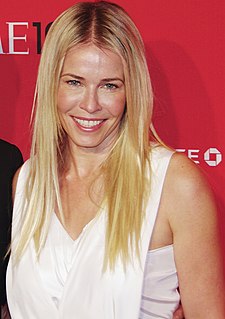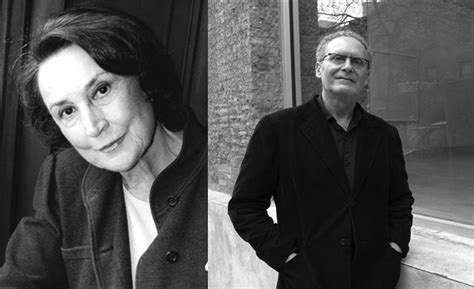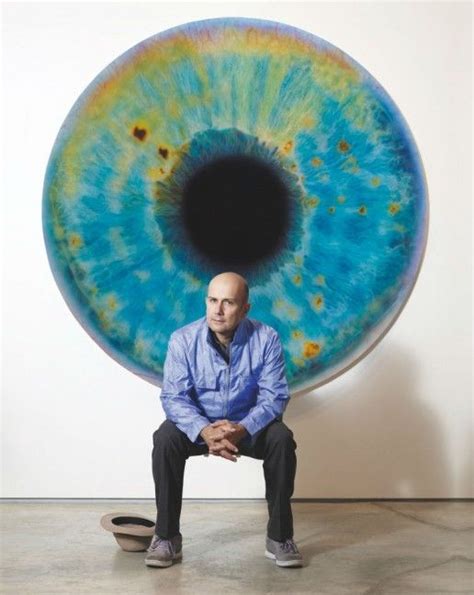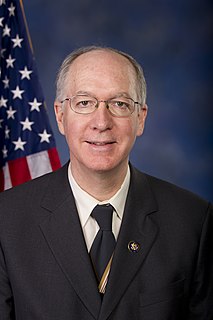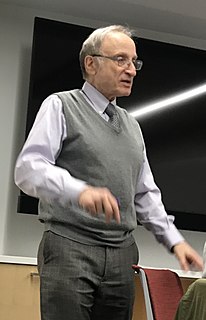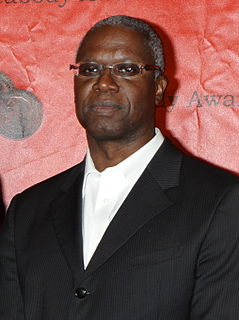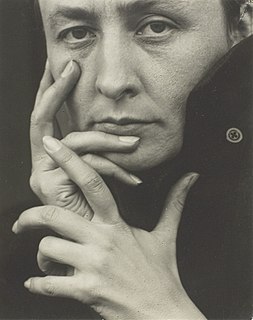A Quote by Kehinde Wiley
In the Studio Museum in Harlem, when I was dealing with that community and dealing with my peers in the streets, it allowed for me to get outside of Yale, to get outside of art-speak, and to really think about art as a material practice that has very useful and pragmatic material precedent.
Related Quotes
When I decided to go to art school, it wasn't necessarily something I thought I needed. No one talked about graduate school when I was an undergrad. I went on to a residency at the Studio Museum in Harlem, and that transition from Yale to the Studio Museum, that was the real beginning of my professional career.
I began working within the streets of Harlem, where, after graduating from Yale [University, New Haven, CT], I became the artist in residence at the Studio Museum in Harlem [New York, NY]. I wanted to know what that was about. I would actually pull people from off of the streets and ask them to come to my studio.
But those dealing in the actual manufacture of mind are dealing in a very explosive material. The material is not merely the clay of which man is master, but the truths or semblances of truth which have a certain mastery over man. The material is explosive because it must be taken seriously. The men writing books really are throwing bombs.
The museum in D.C. is really a narrative museum - the nature of a people and how you represent that story. Whereas the Studio Museum is really a contemporary art museum that happens to be about the diaspora and a particular body of contemporary artists ignored by the mainstream. The Studio Museum has championed that and brought into the mainstream. So the museums are like brothers, but different.
There are very few good writers about art, and you either get art-fashion writing with trendy views or you get very traditional writing. Occasionally, you get people who can write in an interesting way. Really, I think in a sense art writing needs to be renewed as well. It's in a pretty bad condition.
Not really, definitely not from any outside sources. If there was any pressure it was just from ourselves. We just wanted to make sure that what we were doing was right. But, you know, when you're dealing with any kind of art, I think pressure really doesn't help at all. All you can do is give what comes out of you - and that's what we did.
Unless created as freestanding works, quotations resemble "found" art. They are analogous, say, to a piece of driftwood identified as formally interesting enough to be displayed in an art museum or to a weapon moved from an anthropological to an artistic display.... The presenter of found art, whether material or verbal, has become a sort of artist. He has not made the object, but he has made it as art.

